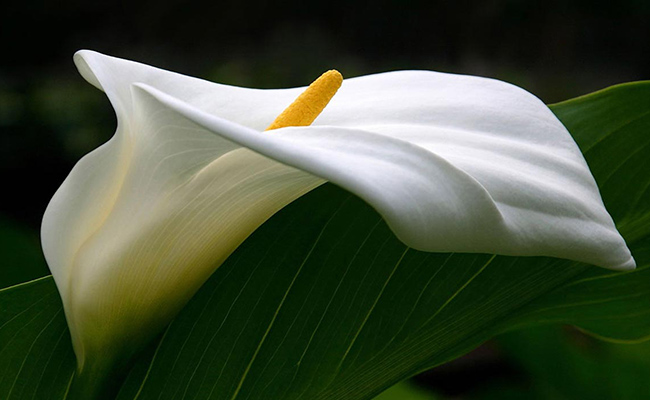Calla Lily - All You Need to Know
Among the world's most special blossoms is the rich calla lily. It is one of a kind since its blossoms don't consist of most flowers’ indistinguishable arrangement of petals. Rather, the flowers are made of a spadix and spathe. Generally erroneously perceived as the blossom's petal, calla lily's spathe is recognized as an enormous, flaring trumpet-shaped bract. In the focal point of the spathe is the spadix, which is the real bloom of a calla lily.

The Calla lily flower has been utilized on numerous events for centuries. This can't be separated from different calla lily symbolisms and meanings that cause the blossoms to have the absolute best philosophical qualities.
History of Calla Lily
Calla Lily is originally from Malawi and South Africa. As one of the most prominently used blossoms in Europe, there has been no proper documentation or evidence of how calla lily entered the continent. Nonetheless, a portrayal of Calla Lily in a demonstration of the Royal Garden of Paris. Which proposes that this blossom has been in Europe since or before the seventeenth century.
The plant's name unquestionably suggests its root as one of lily's species. However, this plant is really not one of lily's family. A blunder made by a Swedish botanist in the eighteenth century by naming this plant calla lily is the explanation behind it.
Calla lily plants are part of the Araceae family. Finally, this mistake was realized by a German botanist who later made a genus Zantedeschia for this plant. The change didn't really transform anything as the plants have been profoundly alluded to as calla lily and have developed into their present popularity.

Calla Lily According to Greek Mythology
Calla lily has a fascinating origin, as indicated by Greek Mythology. The bloom's name is, in fact, gotten from the Greek word that truly implies beautiful - calla. Hence the meaning of calla lily!
The story of this bloom is generally connected with the Greek goddess Hera. As per the legend, Hera, Zeus' partner, was blindsided. She didn't have the foggiest idea that Zeus had a child with a mortal lady. The kid, the one is famously known as Hercules, was brought by Zeus to be breastfed by Hera when she was sleeping. Disturbed in her sleep, Hera didn't seem to be happy and pushed Hercules aside.
Somehow, drops of milk made a path to the sky, making a smooth milky way. Some of them tumbled to the ground and transformed into lovely blossoms, the calla lilies. The calla lilies' excellence made Venus the goddess of beauty, love and desire to develop jealousy. She then cursed the blossoms by pushing a huge yellow pistil in the centre of calla lily bloom.

Calla Lily Symbolisms
Referred to the origin of the arum lily flower according to Greek mythology, particularly the part when Venus was putting the unattractive pistil, many have related this bloom with desire and sexuality. But, one of the most well-known calla lily symbolisms is really it's unquestionable pairing with the Virgin Mary. This basic profound importance of calla lilies symbolizes faithfulness, holiness, and purity.
Another otherworldly significance of calla lilies is related to Jesus. The calla lily signifies resurrection and rebirth as its trumpets like shapes symbolize the triumph of the anticipated return of Jesus.

There are different meanings according to the colour of the beautiful calla flower. Generally, the white calla lily meaning is innocence and purity. The yellow calla lily represents gratitude, and sweet pink signifies romance and appreciation. While the purple blossoms represent royalty, the red ones are the symbol of courage and beauty. So, that’s all about the history, meaning and significance of the beautiful flower. You can also buy these calla lily exotic flowers in different colours to witness their magnificence yourself!















